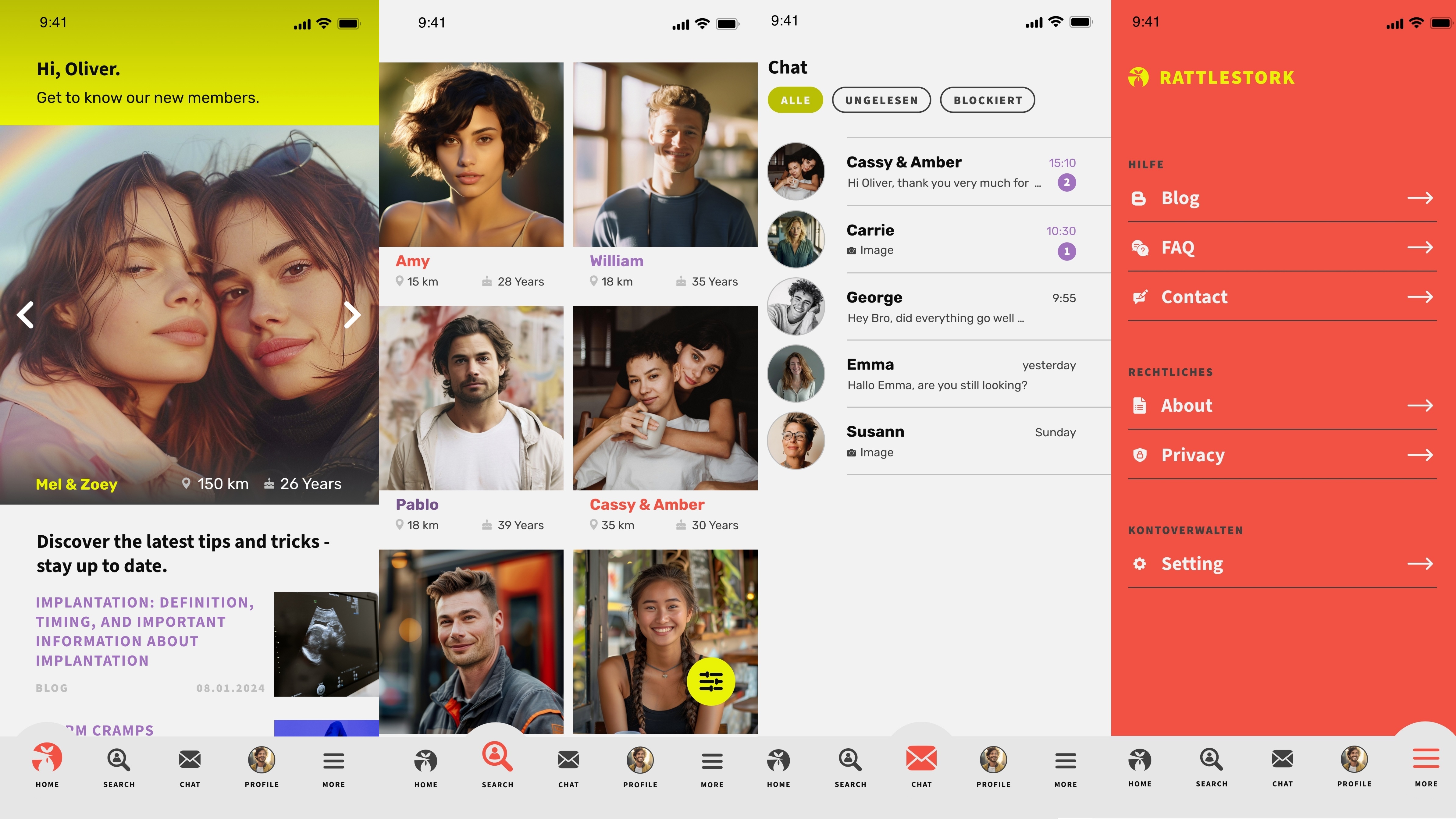Core legal framework (U.S.)
At the federal level, the FDA regulates donor screening, testing, records and eligibility for human reproductive tissue (HCT/Ps) under 21 CFR Part 1271 Subpart C. Clinics follow additional professional standards from the American Society for Reproductive Medicine (ASRM). State law largely determines legal parentage and information rights.
- Donor testing (FDA): Mandatory testing for HIV-1/2, HBV, HCV, syphilis, chlamydia and gonorrhea; timing differs for anonymous vs. directed donors (FDA explainer; FDA Q&A slides).
- Quarantine: ASRM recommends a 6-month quarantine with repeat testing for anonymous donor sperm; directed donors have different options (ASRM guidance; summary).
- Parentage (model law): The Uniform Parentage Act (2017) provides that a donor is not a legal parent of a child conceived by assisted reproduction, unless there’s a signed record agreeing otherwise; adopted (in whole/part) in several states (ABA overview; WA bill report).
- No national family cap: There is no federal limit on families/offspring per donor; ASRM has a non-binding risk-based suggestion often interpreted as ~25 families per 800k population. Many U.S. banks set internal caps (e.g., 25 U.S. families), but limits vary (ASRM; Seattle Sperm Bank; Fairfax Cryobank).
Clinic donation vs. private/home insemination
FDA-compliant clinic or sperm bank
- Legal parenthood (typical): In states following UPA-style rules, the donor is not a legal parent when treatment is through a clinic with proper consents (ABA on UPA 2017).
- Safety & traceability: Required infectious-disease testing, documentation, labeling and records per FDA 21 CFR 1271 (ECFR).
- Quarantine & counseling: ASRM guidance on quarantine and psychosocial screening; clinics maintain a paper trail and release forms (ASRM).
Private/home insemination
- Legal risk varies by state: Without clinic protocols and state-compliant consents, a known donor may be treated as the legal father (exposure to child support/rights disputes). UPA-style protections usually require assisted reproduction and proper documentation; check your state’s statute or case law (OCSE overview).
- Medical risk: No mandated testing/quarantine or chain of custody; higher STI/genetic and documentation risk compared to banked samples (see FDA/ASRM sources above).
Who can use donor sperm in the U.S.?
Different-sex couples, female same-sex couples and single women routinely access donor sperm via licensed clinics. Insurance coverage varies by state/plan; many patients self-fund. State parentage and insurance mandates differ—review local rules and your clinic’s policy.
Legal parenthood: common U.S. scenarios
- Clinic treatment — different-sex couple: With correct consents, the non-donor partner is recognized as the legal father; the donor is not a legal parent (UPA-style states) (ABA).
- Clinic treatment — female same-sex couple: With the clinic’s parentage forms, both intended parents are legal parents at birth in many states adopting UPA-like provisions (WA UPA report).
- Known donor outside a clinic: Legal outcomes differ widely; obtain state-specific advice before conception.
Information rights & state developments
- Colorado (from 2025): First state to ban anonymous gamete donation; adults conceived with donor gametes may request identifying information at 18. Enforceable 25-family limit per donor (worldwide); donors must be ≥21; licensing for banks/clinics (SB22-224; CDPHE rules; rulemaking memo).
- Washington: Donor-conceived adults may request identifying info and medical history from clinics/banks (unless the donor opted out of identity release at donation); non-identifying medical history must be available (RCW 26.26A.820).
- Elsewhere: Many states follow UPA-style rules (donor not a parent); no national registry. Always check your state’s current law.
Medical standards & a typical clinic pathway
FDA rules set the floor for testing and records; ASRM adds best-practice guidance on quarantine and counseling. Banks and clinics record donor use and track outcomes internally (family caps are policy, not federal law).
- Consultation & consent (legal counseling; FDA/clinic consent forms)
- Donor selection via a U.S. sperm bank with verified screening and documentation
- Preparation (cycle monitoring; medication if needed)
- Treatment (IUI or IVF/ICSI per clinical indication)
- Follow-up (pregnancy testing; records maintained; state parentage steps if applicable)
Sources: 21 CFR 1271, FDA donor-testing Q&A, ASRM guidance.
Money, compensation & practicalities
- Compensation: Donor compensation is permitted in the U.S., subject to clinic/bank policy and state law; sale of tissue units is regulated. Review your bank’s contract and disclosures.
- Family limits (policy): Many U.S. banks cap distribution to ~25 families domestically, though practices vary and there is no federal cap (Fairfax policy; Seattle Sperm Bank; ASRM).
- Storage: Storage duration and renewal practices are set by clinic/bank policy and state rules; confirm terms in your consent forms.
Common U.S. pitfalls — what to watch
- Assuming anonymity everywhere: States differ. Colorado bans anonymous donation from 2025, with identity release at 18 and a 25-family cap (SB22-224; CDPHE).
- Home/private insemination risks: Without UPA-style protections and proper paperwork, a donor may be deemed the legal father (support/custody exposure). Get state-specific advice first (OCSE primer).
- Paperwork errors: Wrong/incomplete clinic consents can jeopardize intended parentage; follow your clinic’s legal checklist (ASRM).
- Misreading “caps”: Outside Colorado, limits are policies, not law; exports/imports and unreported births can expand half-sibling networks. Track with your bank and ask about reporting practices (ASRM; USDCC background).
Private donation with RattleStork — make it safer (U.S.)
RattleStork helps you plan matching and logistics without replacing medical or legal advice. Use the platform to align expectations and documentation, but finalize through an FDA-compliant clinic/bank for:
- Parentage & consents: State-compliant forms that protect intended parentage (UPA-style).
- Screening & records: FDA testing, labeling and a verifiable chain of custody (21 CFR 1271).
- Policy/state caps: Confirm bank family-limit policy and state-law add-ons (e.g., Colorado’s rules from 2025).

Conclusion
In the U.S., the safest legal and medical route is through an FDA-compliant clinic/bank using state-compliant consents: the donor is typically not a legal parent in UPA-style states, information rights depend on state law, and professional standards reduce health risks. Private or home insemination remains possible but carries significant legal and medical risks. If you want flexibility in how you connect and plan, use a modern tool like RattleStork alongside clinic/bank safeguards—and verify any state-specific rules (e.g., Colorado’s identity-release and family-limit regime).

